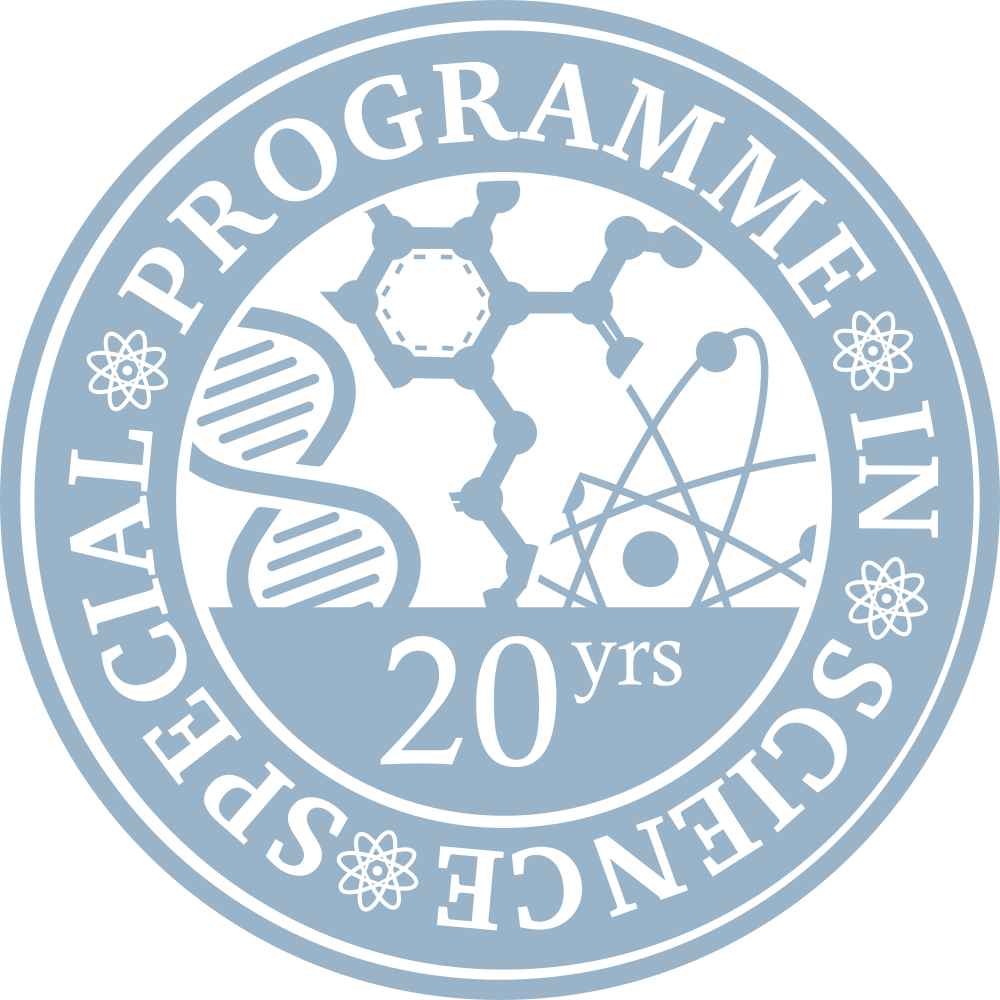#
Discussion Questions
#
8.6 Discussion Questions
- The baryon to photon ratio
The number of integer-spin particles (such as photons) occupying a quantum state with momentum \bold{p} is given by the Bose-Einstein statistics
\begin{equation}
f(\bold{p}) = \left[ \exp \left( \frac{E(\bold{p})-\mu}{kT} \right) -1 \right]^{-1}.
\end{equation}Define the number density n to be
\begin{equation}
n = \frac{g}{(2\pi)^3} \int \frac{4\pi p^2 dp}{\hbar^3} f(p).
\end{equation}(a) Show that for the case of photons (E=pc, \space \mu=0, \space g=2),
n_\gamma = \frac{2\zeta (3)}{pi^2} \left( \frac{kT}{\hbar c}\right)^3where \zeta (3) = 1.202, \zeta is the Riemann zeta function defined as
\zeta(m)=\sum^\infin_{n=1}n^{-m}You may like to use 1/(e^x-1) = e^{-x} + e^{-2x} + e^{-3x} + ... to evaluate the integral. Or you can use any software (eg. MATHEMATICA) if you wish.
(b) Using T_0 = 2.735 \text{ K}, evaluate the present photon number density n_{\gamma, 0}
(c) The ratio of baryon to photon number is of great astrophysical importance. Defined as
\begin{equation}
\eta = \frac{n_B}{n_\gamma},
\end{equation}this quantity did not change since Big Bang nucleosynthesis. Taking \rho_{c,0} = 3H^2_0 /8\pi G = 1.88 \times 10^{−26} h^2 \text{ kg m}^{−3}, write \eta in terms of \Omega_{B,0}.
Note that here, h is a numerical parameter related to the Hubble constant. (Also, knowing this helps: \Omega_{B,0} = \rho_{B,0} / \rho_{c,0} = n_{B,0}m_p/\rho_{c,0})
(d) Astronomical observations on deuterium abundance together with numerical simulations of Big Bang nucleosynthesis contrains the value of \eta to be
\begin{equation}
\eta < 10^{-9}
\end{equation}Show that this sets a limit for \Omega_{B,0}. Discuss. (You may use h = 0.72 ± 0.08)
